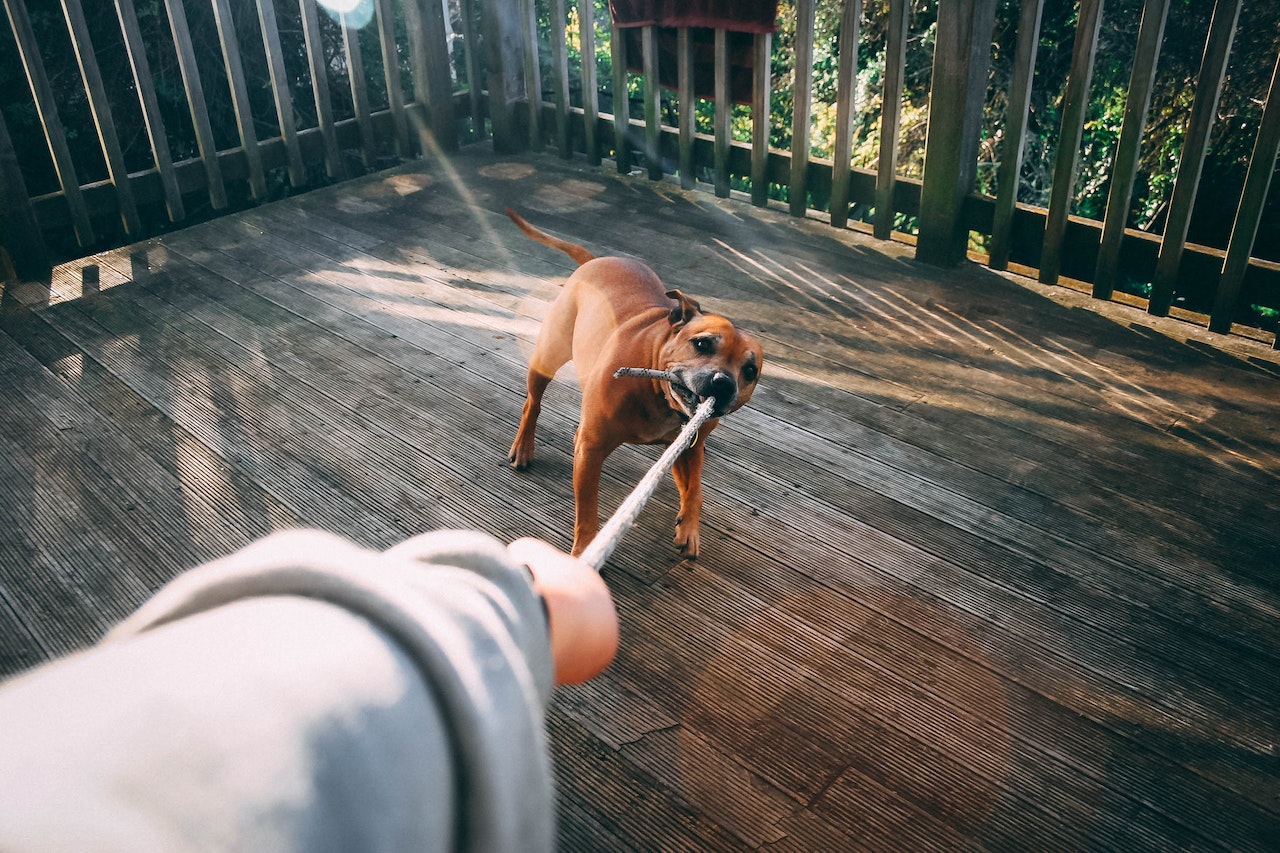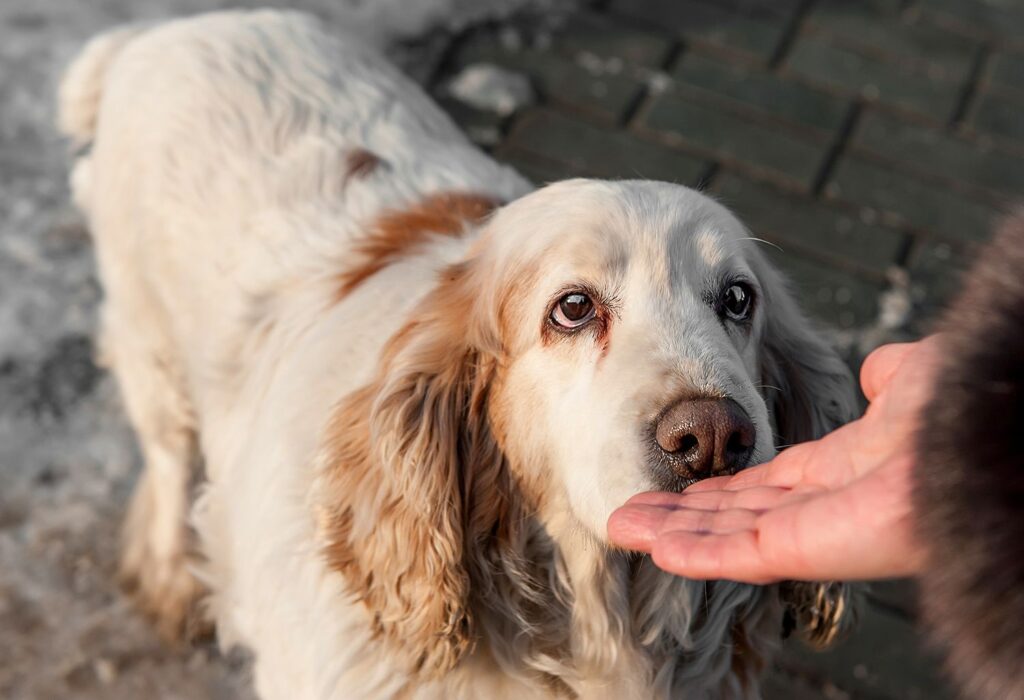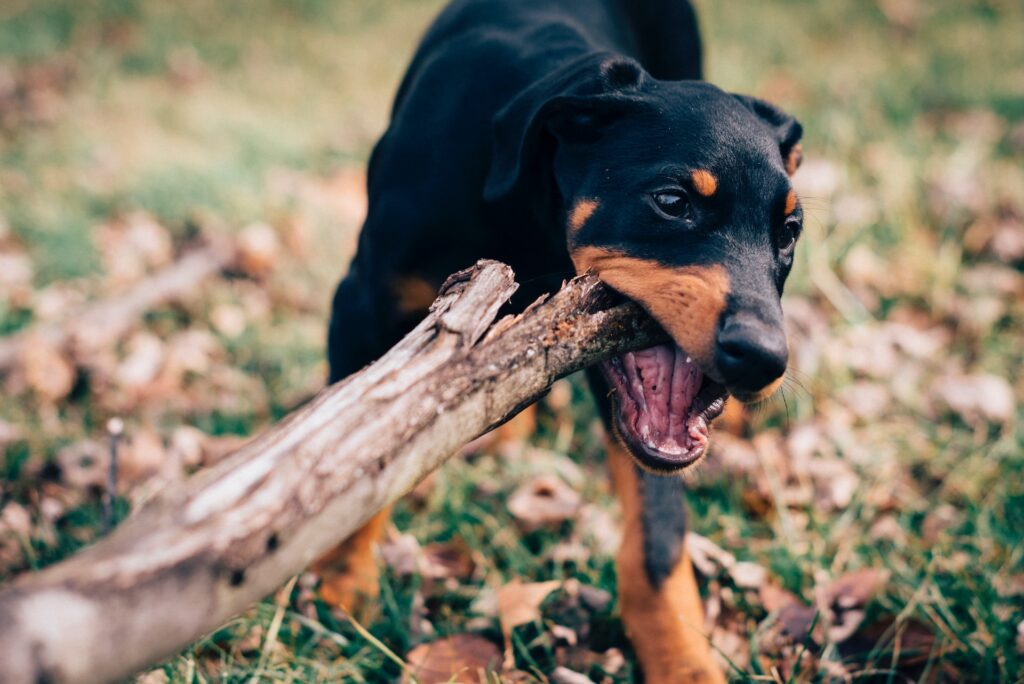
How To Stay Safe Around Dogs And Stop Bites Before They Happen
In the United States, more than 4 million people end up getting bit by a dog each year. This is why education about bite prevention is of the utmost importance. When you understand things such as a dog’s body language you can avoid being bitten.
Our guide below will share the top tips to stay safe around a dog and how to prevent any dog bites.
Ask Before Petting
Anytime you are dealing with a dog you’re not familiar with you never want to reach out and pet them. It’s important to first ask the owner if you can pet their dog and if they’re friendly. Trying to pet them immediately without asking can quickly lead to having to call a dog bite lawyer because a strange hand in a dog’s face will scare them and usually cause them to react with a bite.

Sniff Your Hand
If the owner gives you permission to pet their dog, then you want to put your hand out in a fist and let them sniff it. Once they sniff your closed fist and they seem fine then, you can slowly pet their chest or shoulder area vs going straight to pet their head.
The key is to not move too quickly or abruptly. If you notice that they look uncomfortable then speak to them in a soft and happy voice while you take your hand away. Allow them to listen to you speak sweetly to them before allowing them to sniff your closed hand again.
Body Language
A dog’s body language is a good indicator of whether you want to try to be nice to them or if it’s better to not interact with them. If you notice a dog trying to make itself look bigger, this is a sign that they are aggressive.
Aggressive dogs tend to have their tail straight out, their ears might be up and forward and the fur on their back might stand up straight. More than likely they will have a stiff stance while they growl, show their teeth, or bark.
Dogs that are conflicted with how they’re feeling will show a mixture of body postures. It is best to avoid dogs that seem conflicted because they can turn around and bite you even if they are feeling anxious rather than aggressive.

The “Nevers”
There are certain “nevers” that you need to avoid at all times around a new dog. You never want to tease a dog that you don’t know because you never know how their temperament will be. You also don’t want to pull their ears or tails at any time even if you are doing it softly in a playful manner.
If a dog is sleeping, eating, or taking care of their puppies you never want to bother them or try to pet them. Dogs can be very protective over their food, pups, and sleep so the chances of getting bit are high.
Also, you never ever want to crowd a dog into a corner because this can make them lash out and bite to defend themselves if they feel threatened.
If you are ever in a situation where you feel like a dog is going to bite you, do not run, scream, or look the dog in the eyes. Instead, back away slowly or stand still. Dogs are natural hunters, so if you run they are going to chase you and try to bring you down.
Teaching Children How to Interact With Dogs Safely
Educate your children that if ever they are approached by an aggressive dog, to remain still with their hands at their side until the situation is solved. If possible, put something between the child and the dog such as books or jackets until help arrives. With the proper education and guidance, parents can rest assured knowing that their children are interacting safely with dogs.
What If a Dog Bites You or Your Child?
Unfortunately, sometimes you can’t avoid getting a dog bite no matter how careful you are because some dogs are too unpredictable.
If a dog attacks you, try to use anything you have on hand to put in between the dog and you or your child. This will help create a shield from the dog snapping its teeth. Anything would work, like a bag, bookbag, jacket, sweater, shoe, etc.
A final resort is to fall to the ground and curl up like a ball. Try to stay as still as possible and use your hands to protect your head and neck. The more still you stay the faster the dog will lose interest in you and eventually they will wander away.
In some cases, you or your child might have to receive medical attention. It is a smart move to contact your doctor especially if the dog isn’t yours.
Your doctor should be able to advise you whether you need more serious medical attention or not. Sometimes dogs can carry rabies (although it’s not common), or bacterial infections that need to be treated immediately.
When you call your doctor you need to have the name and location of the dog’s owner, whether the dog is up-to-date on their vaccines, and if the attack was unprovoked or provoked. If your child was bitten you will also need their medical history and immunization status.
Keep in mind that not every cut from a dog bite will require stitches. On some occasions, if the wound is closed it can increase the risk of infection so leaving it open and cleaning might be best.

Time to Stay Safe and Not Deal With Getting a Dog Bite
Now that you know more about staying safe around dogs and preventing dealing with a dog bite you can be cautious the next time you encounter a dog. It is always best to err on the safe side to avoid dealing with rushing to the hospital.
Always keep the most common aggression triggers in mind because if you are in an area with a loud noise, a large crowd, or fireworks this can lead to a dog acting up even if they are friendly. Honestly, the best way to avoid dealing with the aftermath of a dog bite is to avoid getting attacked or bitten by a dog in the first place.
Feel free to continue browsing this section for our latest guides.
